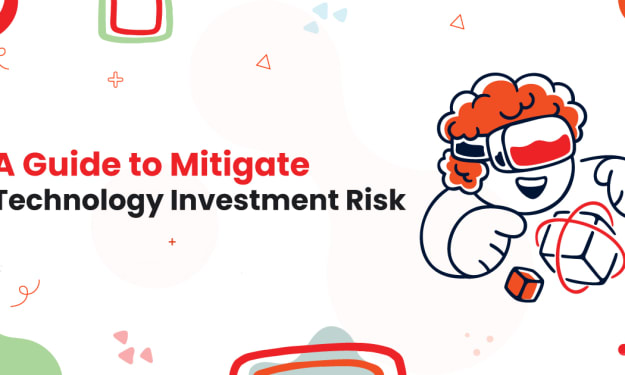The Digital Identity Management Minefield
Why Healthcare Needs a Privacy Upgrade (and How)

Introduction: The digital revolution in healthcare has brought immense benefits, but it has also introduced significant challenges, particularly in the realm of digital identity management (DIM). The increasing reliance on digital records and electronic health systems has exposed the healthcare sector to cyber threats, making effective DIM crucial for protecting sensitive patient information and ensuring regulatory compliance.
Current State of Healthcare IT: Many healthcare organizations still rely on outdated IT systems, which are ill-equipped to handle the complexities of modern digital identity management. These legacy systems lack the robust security features necessary to fend off increasingly sophisticated cyberattacks. Additionally, patient data is often fragmented across various systems and platforms, leading to inconsistencies and vulnerabilities.
The Rising Threat of Cyberattacks: Cyber threats targeting healthcare are on the rise. In 2023 alone, over 124 million health records were breached, highlighting the urgent need for improved security measures. Hackers exploit weaknesses in outdated systems and fragmented data management practices, gaining unauthorized access to sensitive health information. This not only jeopardizes patient privacy but also undermines the trust in healthcare providers.
Essential Components of Effective Digital Identity Management:
- Data Discovery and Remediation: Identifying where sensitive data is stored and addressing any security gaps is critical. Regular audits and updates are necessary to ensure continuous protection of patient data.
- Role-Based Access Control (RBAC): Implementing RBAC helps ensure that only authorized personnel have access to specific data based on their roles. This minimizes the risk of unauthorized access and potential breaches.
- Unified Data Management (UDM): UDM provides a holistic view of user identities and data access across an organization. It integrates data from multiple systems into a single platform, enhancing security, compliance, and operational efficiency.
Unified Data Management as a Solution: UDM addresses the challenges posed by outdated IT infrastructure and fragmented data management by providing a comprehensive view of identities and access. It offers several benefits to healthcare organizations:
- Enhanced Security: By consolidating data management, UDM reduces the risk of breaches. It allows for real-time monitoring and alerts, enabling quick responses to potential threats.
- Regulatory Compliance: UDM helps healthcare organizations comply with industry regulations by providing detailed audit trails and reports. This ensures that data management practices meet legal requirements and standards.
- Operational Efficiency: Streamlining data management processes reduces administrative burdens and enhances productivity. Healthcare providers can focus more on delivering quality care rather than managing complex IT systems.
The Path Forward: Healthcare organizations must prioritize upgrading their digital identity management systems to protect sensitive patient data and ensure regulatory compliance. The adoption of advanced DIM solutions, like UDM, is essential to address the growing cyber threats and operational challenges.
Conclusion: The digital transformation in healthcare necessitates robust digital identity management. With rising cyber threats and outdated IT systems, healthcare organizations face significant challenges in protecting patient data. Implementing effective DIM strategies, particularly through Unified Data Management, can enhance security, ensure compliance, and improve operational efficiency. As the healthcare industry continues to evolve, adopting these advanced solutions will be crucial for safeguarding sensitive information and maintaining the trust of patients.
The Role of Continuous Education and Training: To maximize the benefits of DIM solutions, continuous education and training of healthcare staff are essential. Employees need to be aware of the latest security protocols, potential cyber threats, and best practices in data management. Regular training sessions and updates on emerging technologies and regulatory changes will empower healthcare professionals to utilize DIM tools effectively. This proactive approach not only enhances the security posture of healthcare organizations but also fosters a culture of data protection and privacy, ensuring that patient information remains secure in an increasingly digital landscape.
Click here to read the blog.
About the Creator
Enjoyed the story? Support the Creator.
Subscribe for free to receive all their stories in your feed.





Comments
Bipin Kondalkar is not accepting comments at the moment
Want to show your support? Send them a one-off tip.